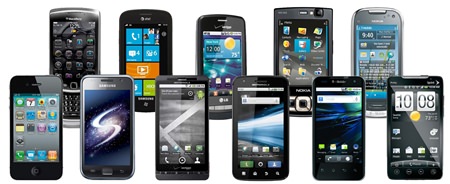Very soon we will be coming up to 200 years of photography. Everything about photography has changed remarkably in the past 175 years since Louis Daguerre went on to develop the daguerreotype process, the first publicly announced photographic process, which required only minutes of exposure in the camera and produced clear, finely detailed results. It was commercially introduced in 1839, a date generally accepted as the birth year of practical photography. In the mid-1820s, Nicéphore Niépce had managed to produce an image, but several days of exposure in the camera were required and the earliest results were very crude.
Though photography has been around for 175 years, it has only been in the last century that it became readily available for the amateur photographers.
One reason for this was the birth of the Brownie box camera. This relatively large camera took about a dozen shots per roll. Processing took about a week or even longer, but it had now become possible for Dad to take photographs of Mum and the kids. Popular photography was born!

Of course, these were Black and White pictures, and if you wanted color, for special occasions, it was necessary to have them hand colored. This led to a very specialized branch of photographic technicians and the skills of some of these people are still being looked at in family albums today.
But we do live in a colorful world and the next giant leap for photography was the advent of color film. Not only color – but color available at a price that the world’s amateur photographers could afford. Overnight, the “dip and dunk” B&W labs went out of business!
However, it still took a good week to get your prints back. We all went to the local chemist and waited with bated breath to see the results, but like most things in life, realization was often not as good as expectation.
One reason for this was the equipment, and sometimes our misunderstanding of it. The best cameras were items like the Leica or Voigtlander. Great optics but hardly “user friendly” in today speak. Popular cameras of the day were little gems like the Minolta Hi-matic 7S. Remember them? Little light meter reading on the side of the viewfinder and we were getting closer to getting better exposures each time.
The next step in the 175 years of photography was two pronged. We improved cameras, with the Japanese camera industry becoming dominant, and secondly, we developed a quicker way of D&P (developing and processing). In one fell swoop we had affordable cameras and quicker returns, by then down to two days, or in some centers a breathtaking 24 hours.
Names like Nikon, Canon, Minolta, Olympus, Pentax became well known. They brought in innovations like the Olympus Trip, a half frame camera that could give you 72 shots per roll. And all the time, the optics were getting better, rivalling the German produced cameras in every way. Leica people were buying cameras from Japan with a yellow strap and Nikon became a favorite, especially with photojournalists.
Then came self-contained, automated one hour photo processing and printing. Small shops began springing up everywhere advertising the 1-hour service. It was more expensive than the trip to the chemist, but it was almost instant gratification. You could view your skills (or lack thereof) in 60 minutes. Almost overnight the chemist’s slice of D&P disappeared.
But all the time, the camera manufacturers were producing even better and “smarter” cameras. Electronics, micro-processors and silicon chips were stuffed into camera cases and it became even easier to get a good photograph. And cameras became cheaper again. Popular photography, with instant results, was almost within everyone’s reach.
The development did not stop there, however. The electronic marvels began to take over even more and the first “digital” imaging cameras were born. Suddenly film was no longer needed to get an image. Color labs were the next to disappear!
Digital cameras became point and shoot for the amateur or very sophisticated SLRs with interchangeable lenses for professional results.
But it didn’t stop there, enter the camera-phone, which became so clever in its dual functions that was called the ‘smartphone’.
Is this the end for photography? History tells us otherwise!




